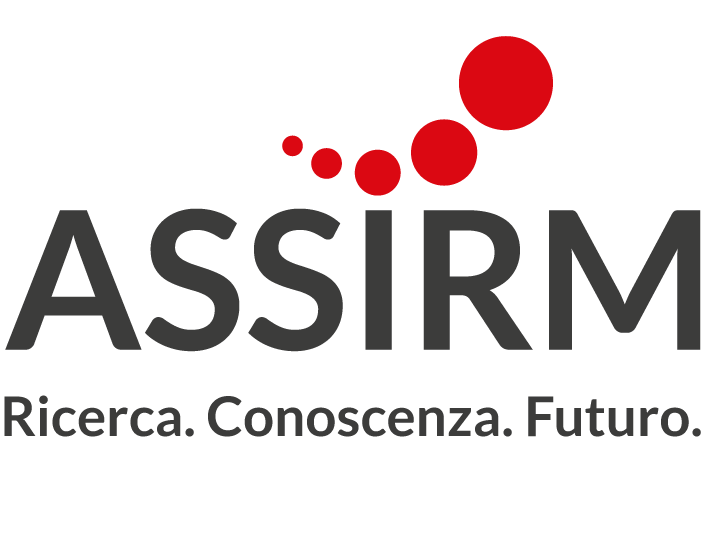The traditional research methods applied to quantitative tests for sensory evaluation of food and drinks produce analytical profiles and the hedonic response (liking) by inviting respondents to try a little (though variable, depending on the research design) amount of the product under investigation.
It is also true, however, that the perception of the product profile tends to develop during consumption, as a consequence of the repeated exposure to the stimulus.
Furthermore, in real usage situations, the consumer normally finalizes his/her evaluation only once the consumption of an entire portion has been completed (which is particularly important when dealing with mono-portioned products).
We have carried out a new experimentation exactly to combine the need of investigating and comparing the hedonic responses obtained during the taste of a limited amount of product with the evolution of the dynamic profile during the consumption of the whole portion.
In order to reach such goal we have recently conducted a study on chocolate snacks, with three main objectives:
to evaluate the evolution of the dynamic profile during the consumption of a whole portion of product, and to investigate the relationship between the dominant sensations and the hedonic response from a panel of consumers;
to compare the hedonic responses obtained under two different conditions, that is to say after the trial of a limited amount of product, and after the trial of the whole portion;
to see whether the observation of the dynamic profile during the consumption of the whole portion may have a role in identifying its optimal size in terms of market demand.
The results of this study will be disclosed and discussed in occasion of the main scientific meetings which will be held in 2014 and through scientific and divulging publications. But we can anticipate that the two methods to evaluate liking through taste of a small portion and through complete consumption appear to be complementary and suitable to produce different and interesting sets of information.
The evaluation through taste of a small portion is still a useful instrument when the main objective to reach is to evaluate the performance of a number of products, in order to identify the key preference drivers. The evaluation through complete consumption, on the other side, provides a more effective interpretation key of the consumers real hedonic response and is therefore far more adequate to fine-tune the product formulation , since it can give useful information to optimize the product sensory performance all along the consumption of the whole portion.




